Additional notes (click to expand)
Commemorative
The genus name commemorates Georg Josef Kamel (1661–1706), a Jesuit pharmacist born in Moravia (Czech Republic). He went as a Jesuit priest to the Marianas in 1683 and Manila in the Philippines in 1688, and set up the first pharmacy there. He sent plants found in the gardens of the Chinese to the botanist John Ray (1627–1705) in England, who published his work in an appendix to his own Historia plantarum (1686–1704) as Herbarum aliarumque stirpium in insula Luzone Philippinarum (1704) (Herbs and other plants in the island of Luzon in the Phillipines). It is unlikely that Kamel found camellias as he never went to Japan or China, but his work on the flora of the Far East was substantial, and merited the recognition. He also wrote Observationes de avibus Philippensibus (1702), the first account of the birds of the Philippines.
Oakeley, Dr. Henry. (2012). Doctors in the Medicinal Garden. Plants named after physicians. Royal College of Physicians.
link
Horticulture
It prefers rich, acidic soil, so plenty of organic matter was incorporated on planting, and during the growing season it is fed monthly with an organic, seaweed-based, fertiliser.(by Clare Beacham)
Oakeley, Dr. Henry. (2012). Doctors in the Medicinal Garden. Plants named after physicians. Royal College of Physicians.
link
Other use
Camellia sasanqua Thunb. Theaceae. Christmas camellia. Camellia commemorates Georg Josef Kamel (1661-1706), Jesuit pharmacist froom Moravia (Czech Republic) who worked in the Philippines andsent plants to John Ray in England (Oakeley, 2012) Evergreen shrub. Distribution: Japan and China. Leaves are used in Japan to make tea (normally made from C. sinensis) and the seeds to make the edible tea seed oil.
Oakeley, Dr. Henry F. (2013). Wellcome Library notes.
link
Geographical distribution
- Asia-Temperate, Eastern Asia, Japan
Camellia sasanqua Thunb.
Family: THEACEAEGenus: Camellia
Species: sasanqua Thunb.
Common names: Sasanqua Camellia
Distribution summary: Japan (Okinawa)
Habit: Shrub
Hardiness: H5 - Hardy; cold winter
Habitat: Woods, thickets, banks
Garden status: Currently grown
Garden location: Far East (L)
Flowering months: January, December
Reason for growing: Commemorative

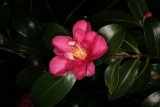
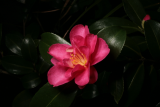
.JPG)
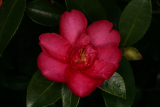
.JPG)
.JPG)
.JPG)
.JPG)
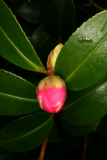

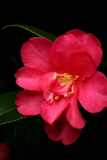

.JPG)
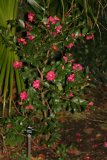
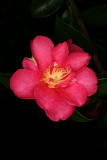

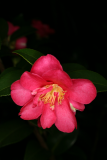

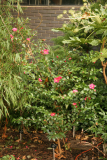

.JPG)
.JPG)